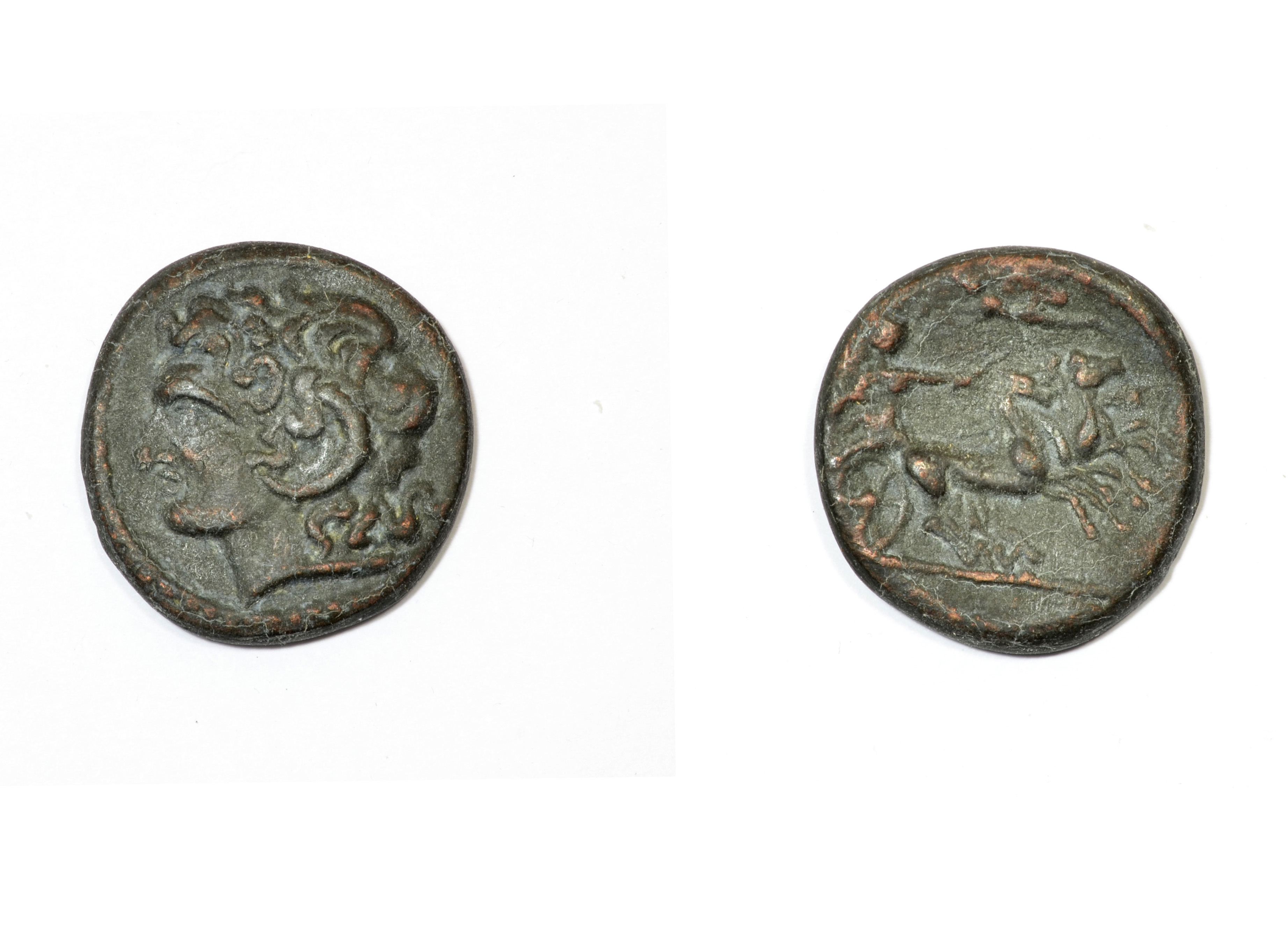A few stray tidbits on the cost of Alexander’s military

Professor Frank Holt’s book The Treasures of Alexander the Great: How One Man’s Wealth Shaped the World explains there is little in the historical record on the cost or size of Alexander’s military. Here are a few tidbits which are visible.
Navy
Alexander learned to appreciate the value of a Navy. One data point is that in 334 BC he had 200 ships operating in the Aegean sea. No quantification mentioned of naval forces elsewhere at that or any other time.
Army
Figuring out how much Alexander spent to field his military forces is a game of stringing together many wild guesses. The author accumulated his own long string of guesses and assumptions for small units. He also quotes several other studies.
…
A few stray tidbits on the cost of Alexander’s militaryRead More »
A few stray tidbits on the cost of Alexander’s military Read More »






